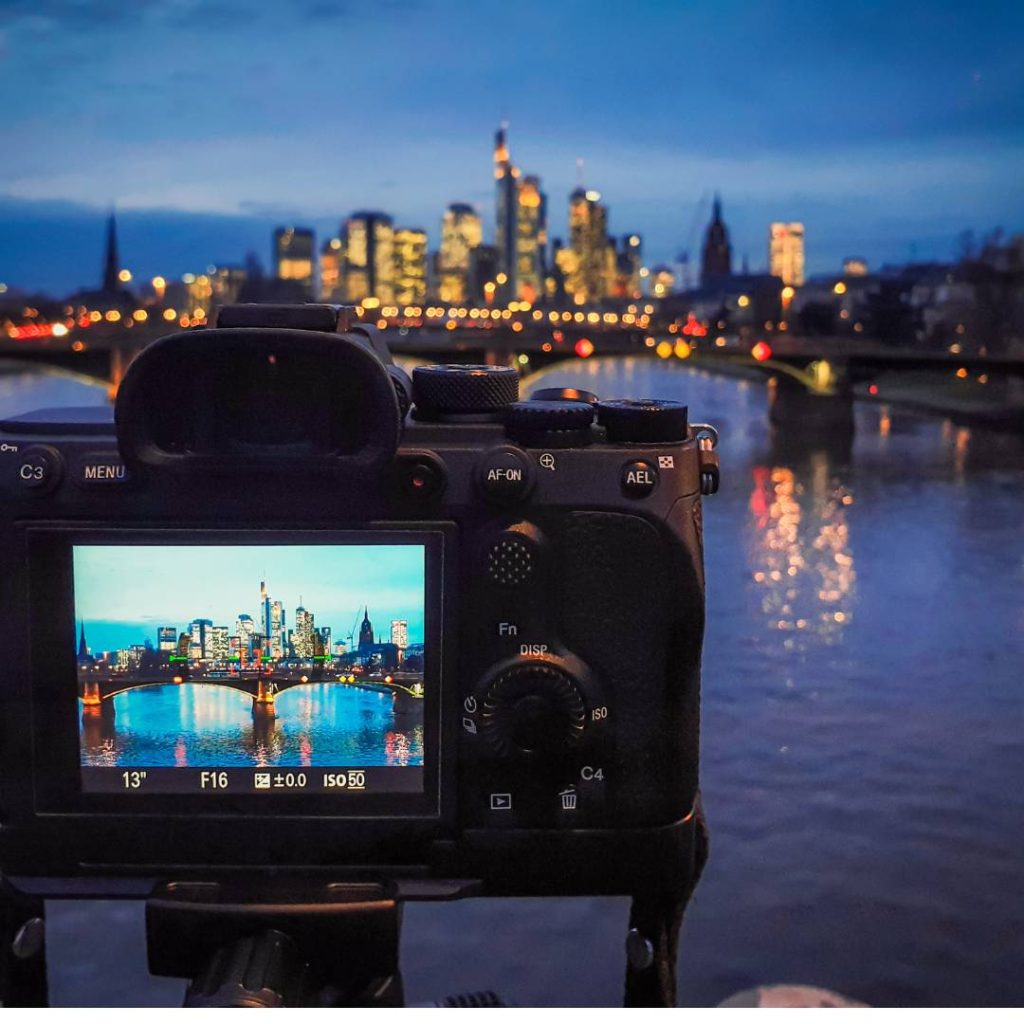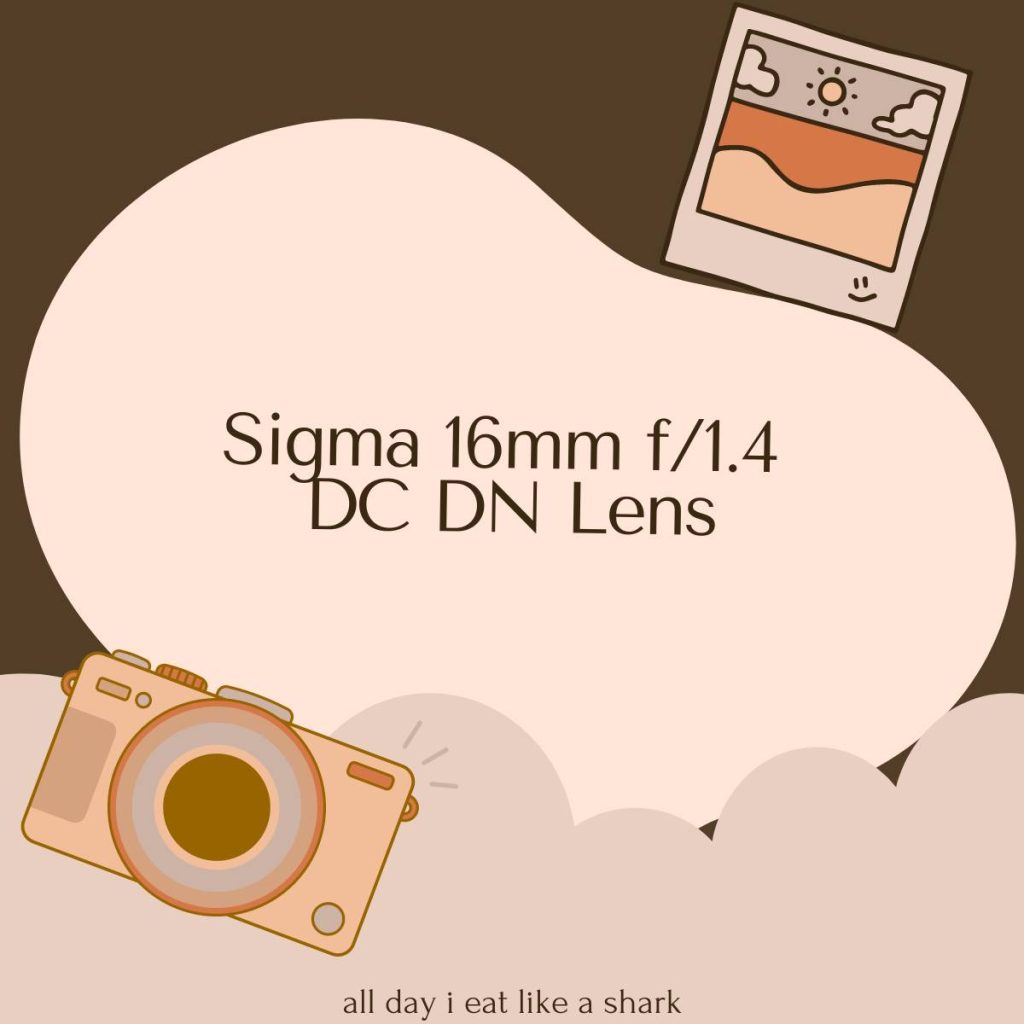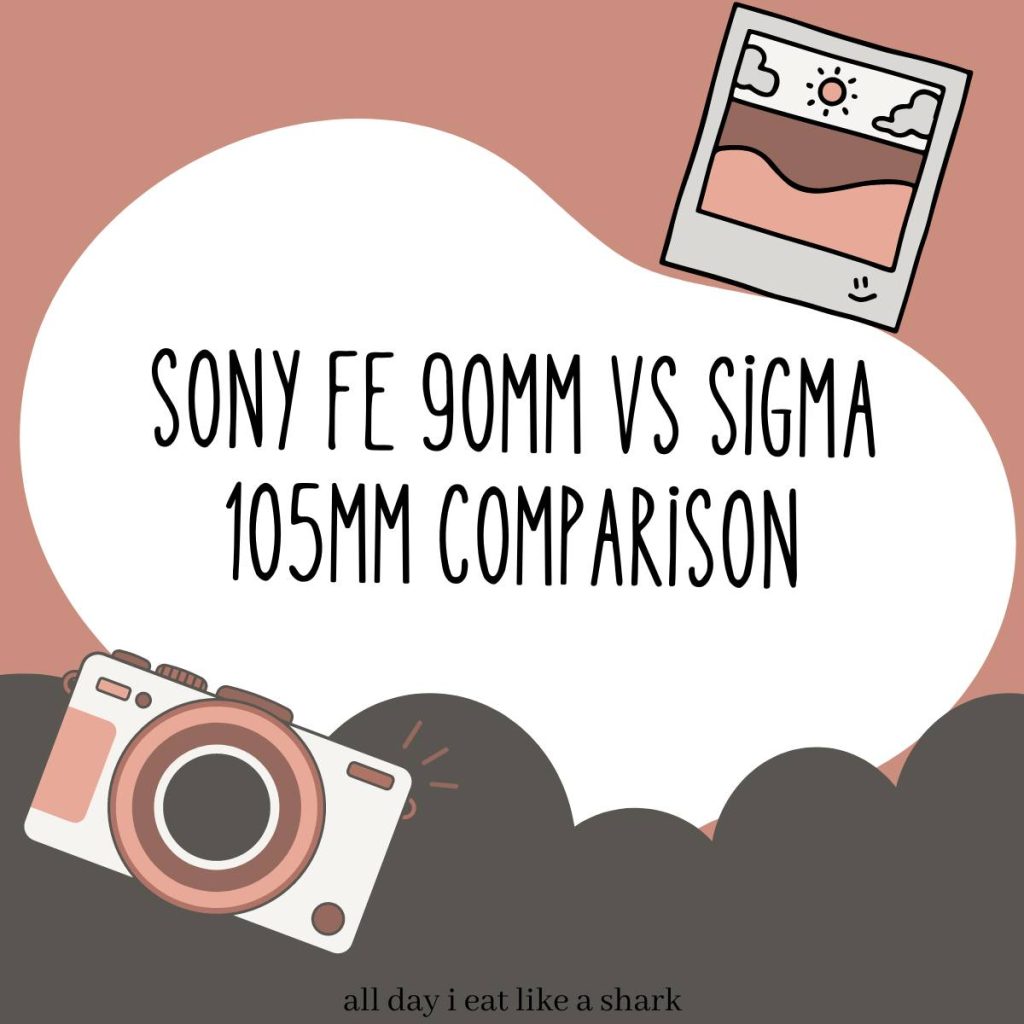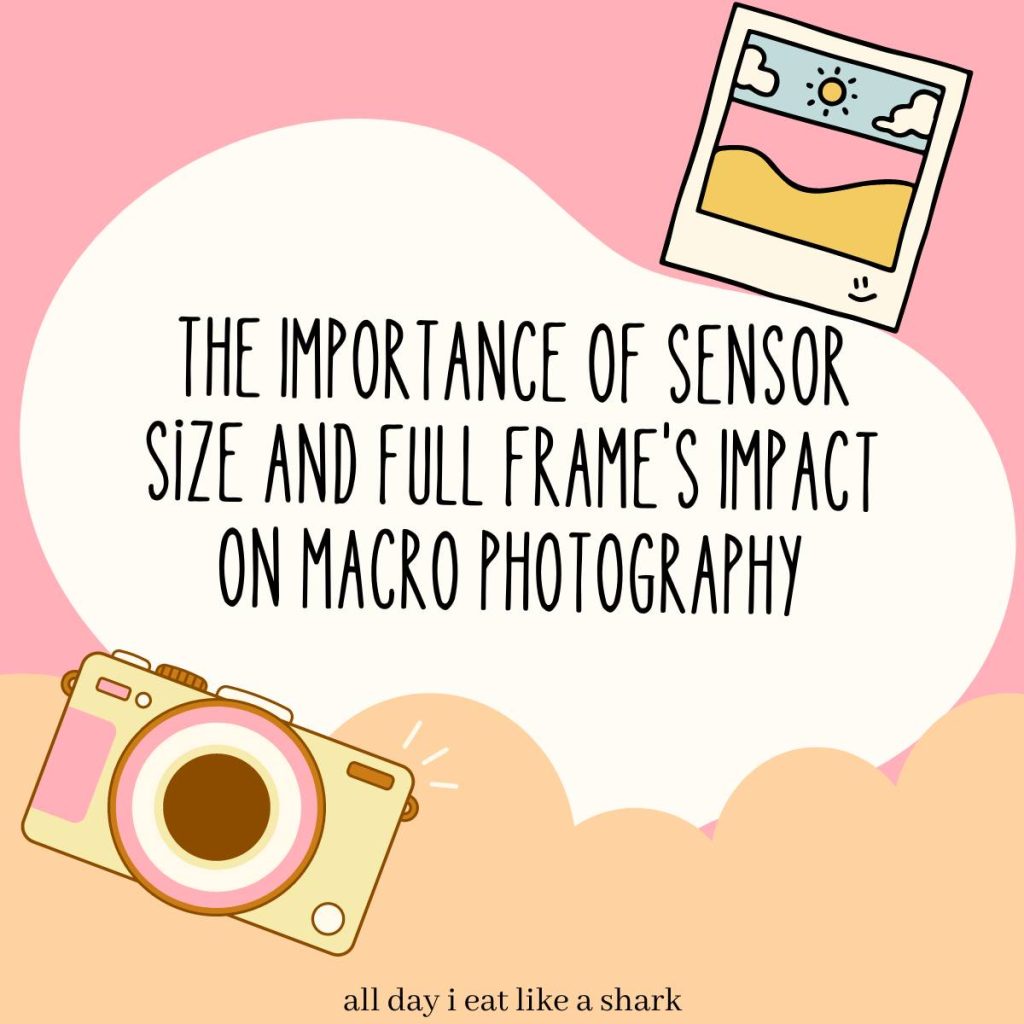
Today I’m reviewing the Sigma 16mm F1.4 DC DN lens, a very popular lens for the Sony APS-C system.
If you’re looking for a small wide-angle prime lens this is definitely worth a look.
Now, let’s look at the features of this lens, shall we?

Pros of Sigma 16mm f/1.4 DC DN Lens:
Impressive Build Quality
The build quality of this lens is impressive; it’s primarily constructed of metal and has a rubber grip on the focus ring.
While its weight might deter some, I see it as a mark of superior craftsmanship.
Phenomenal Sharpness and Performance
This lens boasts a phenomenal sharpness throughout the frame when you stop it down to f/4, f/8, or f/11, making it excellent for architecture or landscape photography.
Versatility in Focal Length
On an APS-C sensor, the effective focal length is 24mm, which is wide but not excessive.
It can capture captivating wide-angle scenes, but it’s also capable of unique portraits and product shots with a different perspective.
Great for travel or if you’re into vlogging.



Konnichiwa! (Hello!) I'm Pat Tokuyama, a Japanese tofu cookbook author, who travels for music, food, and adventure. If you like Japanese tea, checkout some of the newestorganic japanese tea, matcha bowls and noren and more!
** Curious about the Plant Based Japanese Cooking Club? ** Learn more here!
Responsive Autofocus
Regarding autofocus, this lens doesn’t disappoint.
Despite previous issues with Sigma lenses on Sony bodies, the Sigma 16mm F1.4 DC DN is just as responsive and effective as any native Sony lens.

Cons of Sigma 16mm f/1.4 DC DN Lens:
There are some downsides to this lens, including the lack of in-built stabilization, a concern for video shooters or vloggers on the run.
Despite the lack of built-in stabilization, you can employ strategies such as keeping your elbows close to your body while shooting, or using a tripod, gimbal, or strap for steadier shots.
And of course, if you have in-body stabilization, these limitations are negligible.
Conclusion
I highly recommend the Sigma 16mm F1.4 DC DN lens for its fantastic sharpness, build quality, versatility, and autofocus performance.
It’s versatile for varied types of photography and video, and the f/1.4 aperture is beneficial for low-light conditions and creating a pleasing bokeh effect.
If you want to learn about camera lenses for food photography, read my blog post about it here.







Konnichiwa! (Hello!) I'm Pat Tokuyama, a Japanese tofu cookbook author, who travels for music, food, and adventure. If you like Japanese tea, checkout some of the newestorganic japanese tea, matcha bowls and noren and more!
** Curious about the Plant Based Japanese Cooking Club? ** Learn more here!